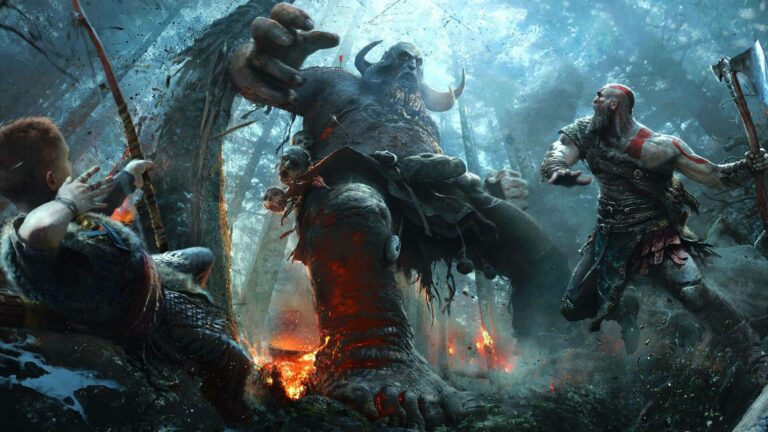The word giant brings to mind human-like creatures of great stature, that may or may not live at the top of beanstalks. This term has been applied to the Jotun of Norse Mythology, but while the Jotun were ‘supermen’ with powers that rivalled those of the Aesir gods, they bear little resemblance to the giants of modern fairy tales.
The Jotun are essential characters in Norse mythology, playing central roles in the creation of the Norse cosmos, the stories of the Norse gods, and the end of the Norse universe with Ragnarok. Moreover, many of the Norse gods were themselves giants, like Loki, or part giant, like Thor.
Norse Cosmology
The giants were among the first living beings in the Norse cosmos and played a vital role in the creation of the Norse universe. The first Norse giant was Ymir, created from the primordial goop created by the ice of Nilfheim meeting the fires of Muspelheim. Ymir then gave birth to further giants, which sprung from the sweat of his armpits. They in turn started breeding like rats.
Fearing the proliferation of giants, Odin and his two brothers Vili and Ve, killed Ymir. Interesting, they too were also half giant, and grandsons of Ymir. Odin and his brothers then used Ymir’s body to create the Norse cosmos, using his skull to fashion the heavens and his eyebrows to make Midgard, the world of men. When Ymir was slain his blood flooded the world, killing all but two giants, who then went on to create the new races of giants.
We say races, as there were more than one type of Norse giant. The most common were the frost giants, that lived in Jotunheim, the land of the giants. These giants and their world embodied chaos, contrasting with the order offered by Asgard and the Aesir gods. This made them the enemies of the Aesir gods, but not evil per se.
The word Jotun is actually better translated as ‘devourer’, suggesting that they destroy order. The other race of Norse giants were fire giants, that lived in the world of Mispelheim, a world of primordial fire. They appear to have been trapped in this world, as they only come to feature in Norse mythology with Ragnarok, when mighty earthquakes will allow them to escape their world.
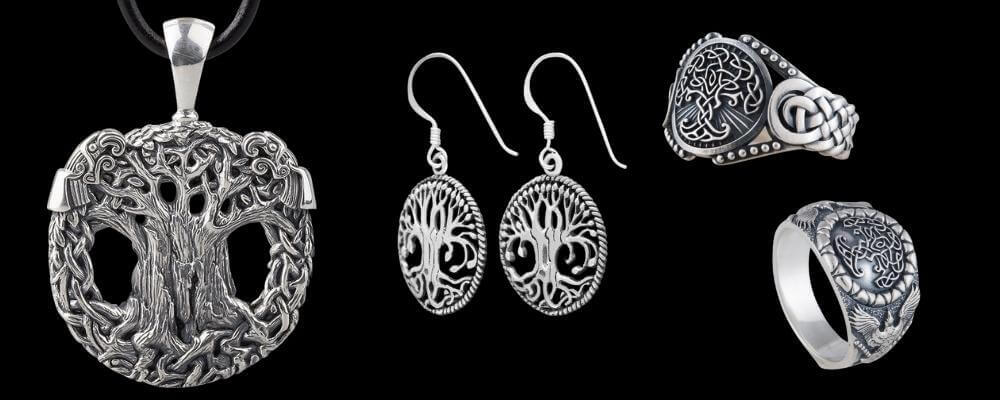
Norse Mythology
As well as being essential to the creation of the Norse cosmos, the frost giants played pivotal roles in many stories about the Aesir gods. They were sometimes treated as gods, with comparable powers to the Aesir and Vanir gods.
Across these stories, descriptions of the Jotun vary significantly. Skrymir was a being of immense size, even for a Jotun, while Skadi was supposedly extremely beautiful and Hyrrokkin exceedingly ugly. Meanwhile, other Jotun couples gave birth to serpents or wolves, that were also Jotun, but in other forms. Therefore, it seems that looks were not the defining characteristic of a Norse giant. They should rather be considered as powerful beings that represent the harsher and more chaotic side of existence.
Scores of Norse giants are named and described in Norse mythology, and presumably there were many more. But some a more famous than others.
Loki
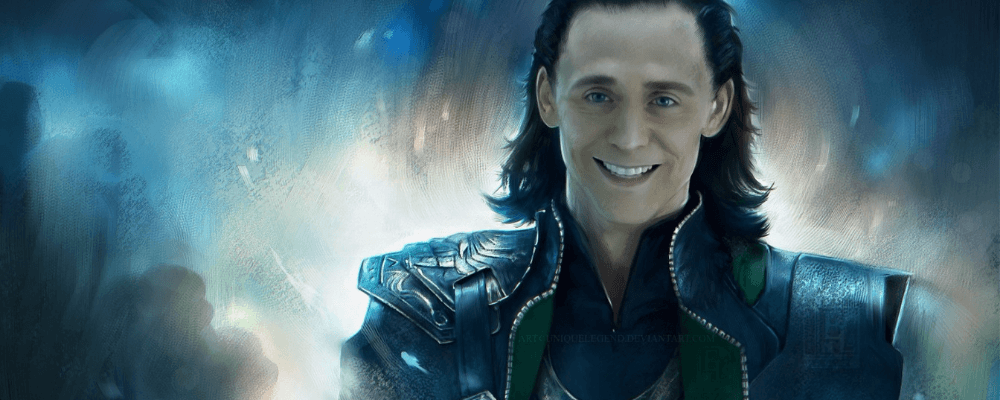
The most famous Norse giant must be Loki. Although he lived in Asgard among the Norse gods, he is in fact a frost giant, son of Farbauti and Laufely.
He is characterised as a trickster who likes to play pranks and cause trouble, but usually from a place of ambivalence rather than malice. Despite his terrible behaviour, it seems that the Aesir gods could not expel him from Asgard as he and Odin were blood brothers, and connection sealed by sharing a drink laced with both of their blood.
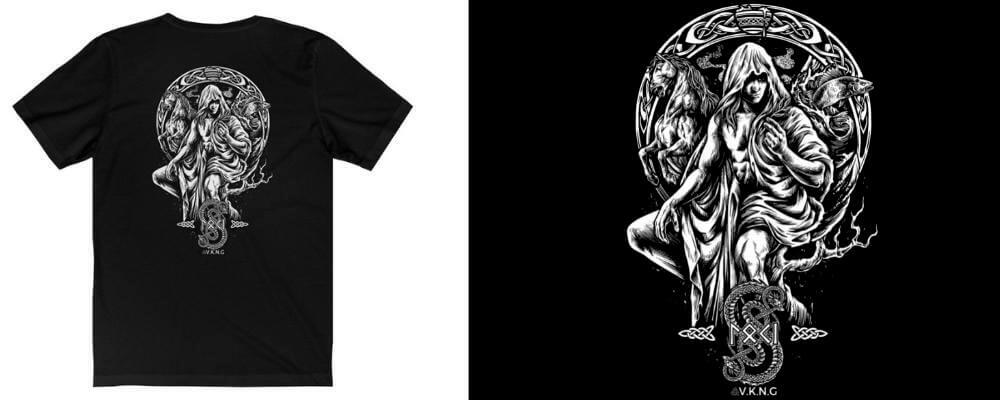
Angrbora
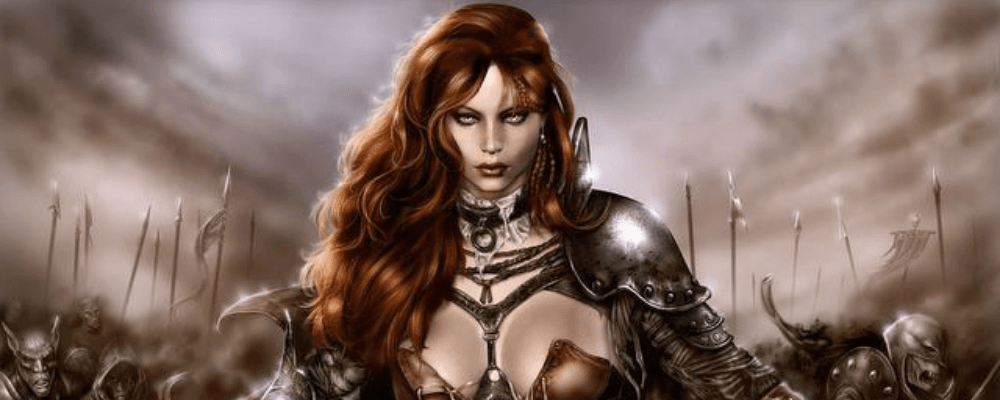
One of Loki’s wives was the giantess Angrboda, whose name means bringer of grief in Old Norse. The couple had three children, and considering their parents, the Aesir gods were very concerned about the trouble they could cause. Consequently they tried to place each of them where they could cause the least trouble. They sent Loki’s daughter Hel to the underworld, giving it to her as her domain.
Their son Jormungandr, also known as the Midgard Serpent, was thrown into the sea surrounding Midgard. While there, he grew to such a great size that he could encircle the world and bite his own tail. Their final child, Fenrir, a mighty wolf, was chained up in Asgard using a magical rope made by the dwarves.
Aegir and Ran
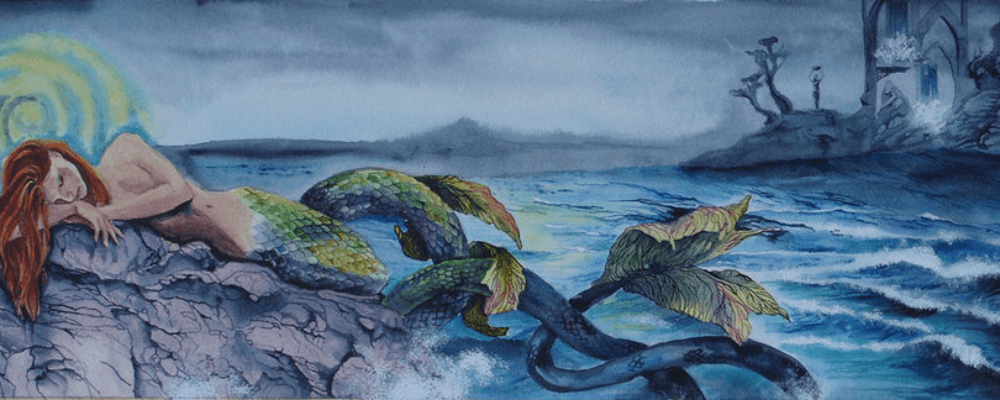
Aegir may have been a brother of Loki, and was considered a god, or at least a spirit, or the sea by the Vikings. Aegir was thought to be cruel and unforgiving and would often smash ships to procure their treasure, especially gold. Sometimes, if the Vikings had prisoners, they would sacrifice them to Aegir, with limited success.
He was partnered in the sea with the giantess Ran, who had great nets that she used to pull men down into the depths. While men feared this pair, the Aesir gods would visit them often as, apparently, they threw the best parties.
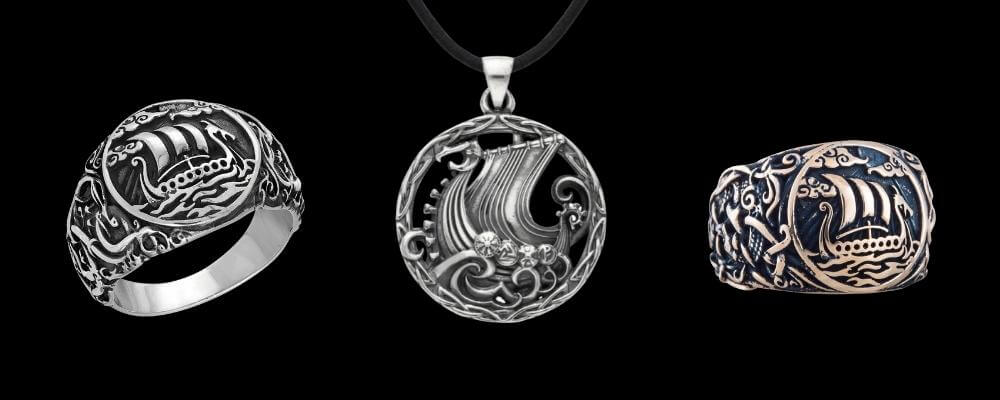
Hyrrokkin
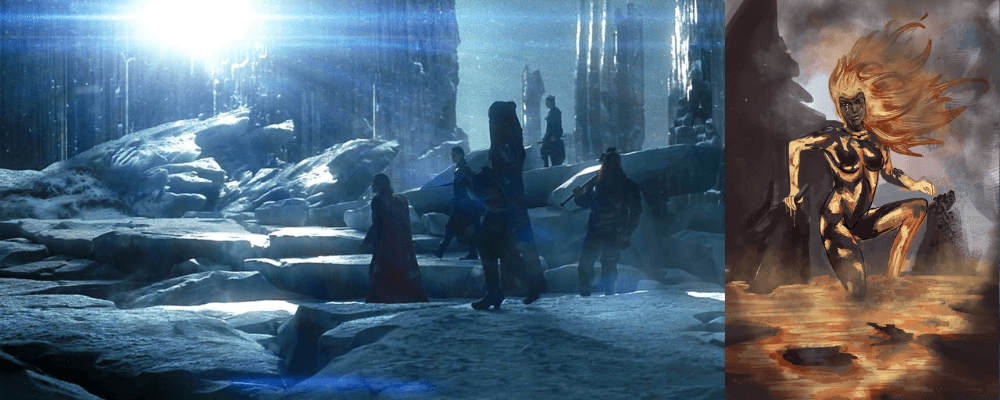
The giantess Hyrrokkin was said to live in the darkest forest of Jotunheim, which was generally a desolate and dangerous place where the rules of the universe did not apply. She had a mighty horse that could transform itself into a wolf, and in order to control it in wolf form she used reigns made from poisonous snakes.
She was so strong that she was called to Asgard pull Balder’s funerary ship out to sea as none of the Aesir gods, not even Thor, was strong enough.
Speaking of Thor, he himself was the son of Odin with the giantess Jord, a personification of the earth. Thor also ha his children Magni and Modi with the giantess Jarnsaxa.
Thrym
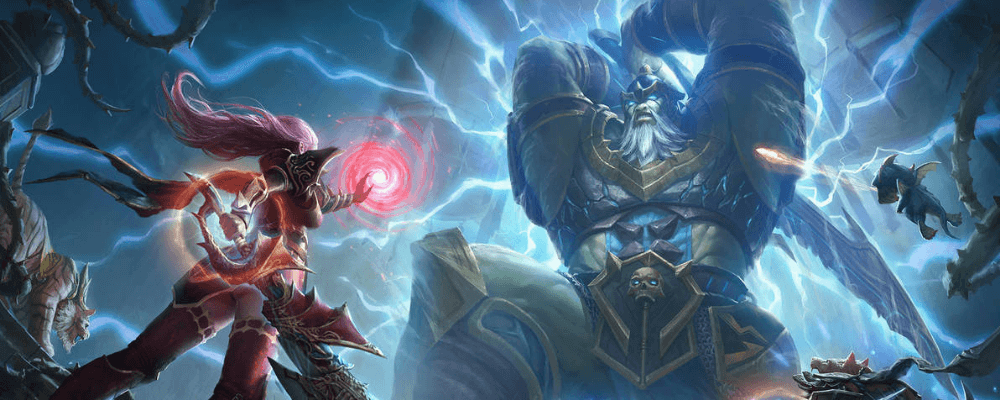
The giants often played the foil in the adventures of the Aesir gods. For example, Thrym, the king of Jotunheim, managed to steal Thor’s hammer. In order to retrieve the hammer, Thor disguised himself as the goddess Freya, with whom Thrym was mightily in love, and agreed to marry the giant.
When the hammer was brought out to bless the wedding – as it was also associated with these kinds of blessings as Thor was god of thunder but also fertility – Thor took this as an opportunity to retrieve the hammer and kill all the giants in the hall.
Ragnarok
As ‘enemies’ of the gods and the chaotic counterweight to the order provided to the Aesir gods, it is only natural that it is prophesied that the giants will play a significant role in Ragnarok, the end of the Norse world.
Ragnarok will begin with Skoll and Hati, two wolves begat by giants who have been hunting the sun and the moon for time immemorial, catching and devouring their prey, plunging the world into darkness. This will be followed by a shuddering of Yggdrasil, the great tree the holds the nine worlds together.
This will allow the fire giants of Muspelheim to leave their world and spill into other worlds. This exodus will be led by the giant Sutr, who has a mighty flaming sword and will set the nine worlds alight, eventually destroying everything. He will also kill Freyr, the first of the Norse gods to die in the mighty battle of Ragnarok.
At some point before Ragnarok, the Aesir gods will chain Loki to two rocks for his role in the dead of Balder. At Ragnarok, Loki will break his chains, and he will lead an army of the dead from Helheim against the Aesir gods, with the help of his giantess daughter Hel. His son Fenrir will kill Odin before being slain himself, and while his other son, the Midgard Serpent, will be killed by Thor, he will spew so much poison onto Thor that he too will die shortly after.
Thus, the Jotun are a vital part of Norse mythology, playing essential roles in everything from the formation of the Norse cosmos to the end of the Norse world.
